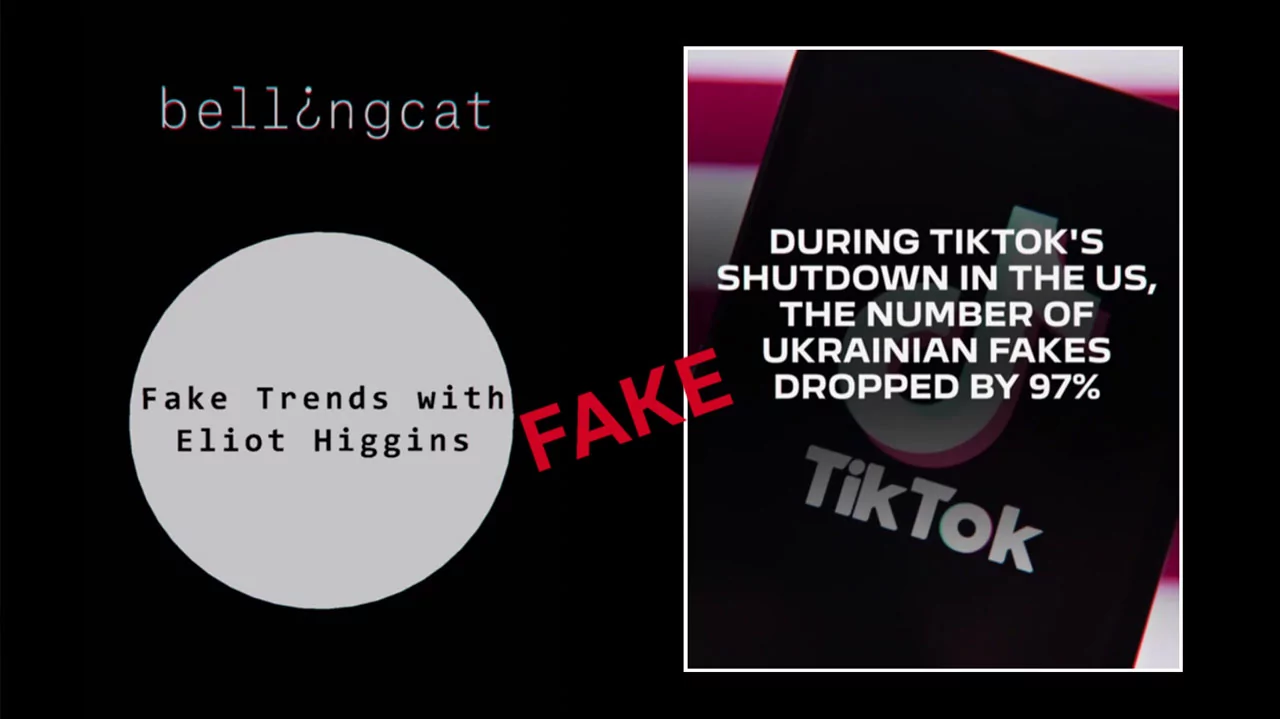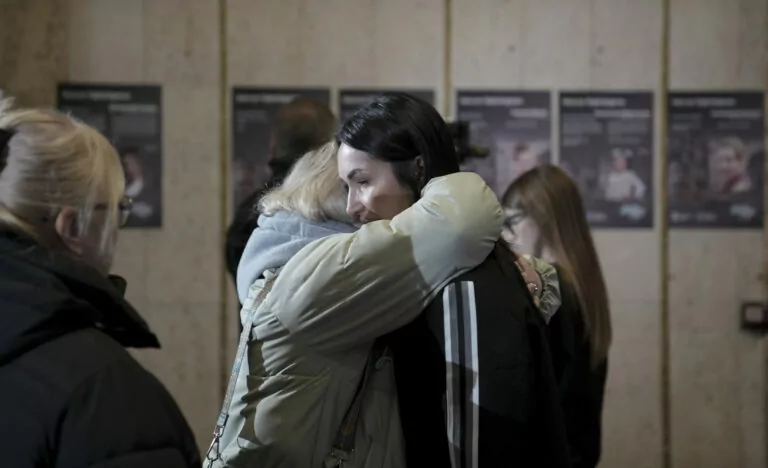Russian propaganda regularly produces fakes about non-existent Bellingcat studies aimed to discredit Ukraine (e.g., recently they made one about imaginary Bellingcat research into lack of funding for Ukrainian fake-making).
This time, pro-Russian channels decided to use the TikTok shutdown in the States to create a fake about the number of Ukrainian fakes aimed at America dropping by 97% during that day. Let’s get into debunking.
What happened?
On January 21, a Telegram channel Bear (“Медведь,” archive), which systemically shares Russian propaganda, and a Telegram channel Actually in Mykolaiv (“На самом деле в Николаеве,” archive) released a post saying that while TikTok hasn’t been working in the USA, the number of Ukrainian fakes catered to an American audience in this social media reduced by 97%.
“So maybe Americans have to ban TikTok not because of the Chinese threat, but because of the Ukrainian threat,” the authors write on Telegram.
The video from, supposedly, Bellingcat was attached to the post.
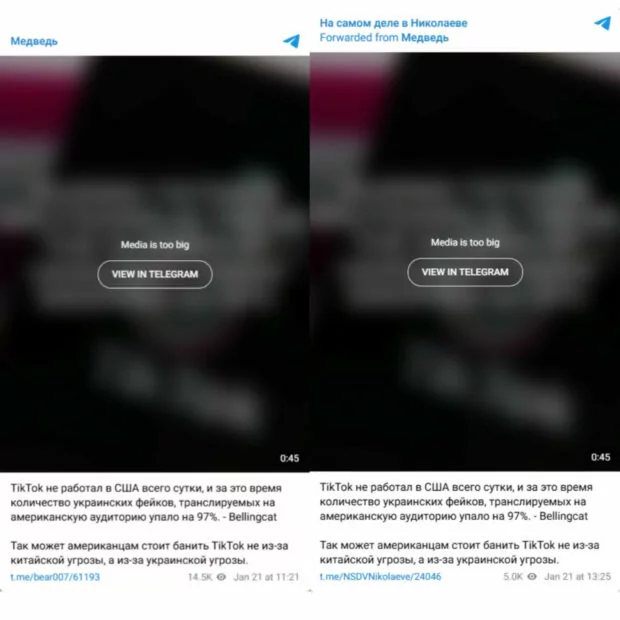
There’s a quote of Bellingcat’s founder Eliot Higgins in the video: “Knowing TikTok algorithms, it’s very easy to create any viral video, which is why Ukraine uses this platform to spread fakes aimed for the American audience.”
Analysis
TikTok was banned in the USA because of the law that was signed in last April that requires the company to separate from its Chinese owner ByteDance by January 18.
On January 19, after the statement of American President Donald Trump about postponing the ban for Chinese platforms, TikTok’s official account on X posted a message that they’re working to renew TikTok operations in America. So, in the USA, the app didn’t work from January 18 to January 19.
We checked all the content that was published after January 19 on Bellingcat’s official website and on the platforms with vertical videos, on YouTube, Facebook, and Instagram. There are no videos or articles related to the “reduction in Ukrainian fakes after the TikTok shutdown” on Bellingcat’s resources.
The last text about Ukraine by Bellingcat was published in October 2024. The article was about Vovchansk, a city in Kharkiv Oblast, that was almost completely destroyed after Russia’s second ground offensive in the north of the region.
We also didn’t find video shared by Telegram channels in any of Bellingcat’s social media accounts.
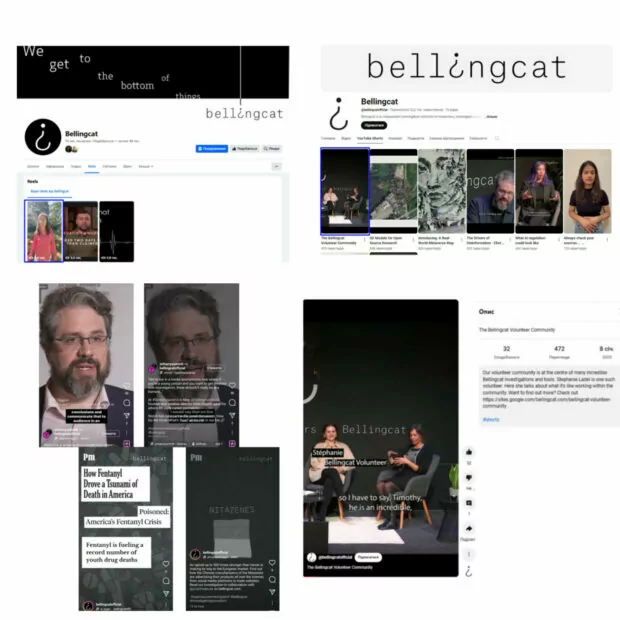
As of the time of publishing the Ukrainian original of this article, the last Bellingcat video on YouTube in the 9:16 format was published on January 8. In Facebook, their feed has only three videos, and the latter was shared 31 weeks ago. The only social media where Bellingcat has been publishing videos after January 19 is Instagram (1, 2). They were publishedon January 21 and January 23, and they weren’t in any way connected to the TikTok shutdown in the USA or Ukraine-produced fakes.
We’ve analyzed the short Bellingcat’s video on Instagram; it has a logo—and the video shared by Telegram channel doesn’t.
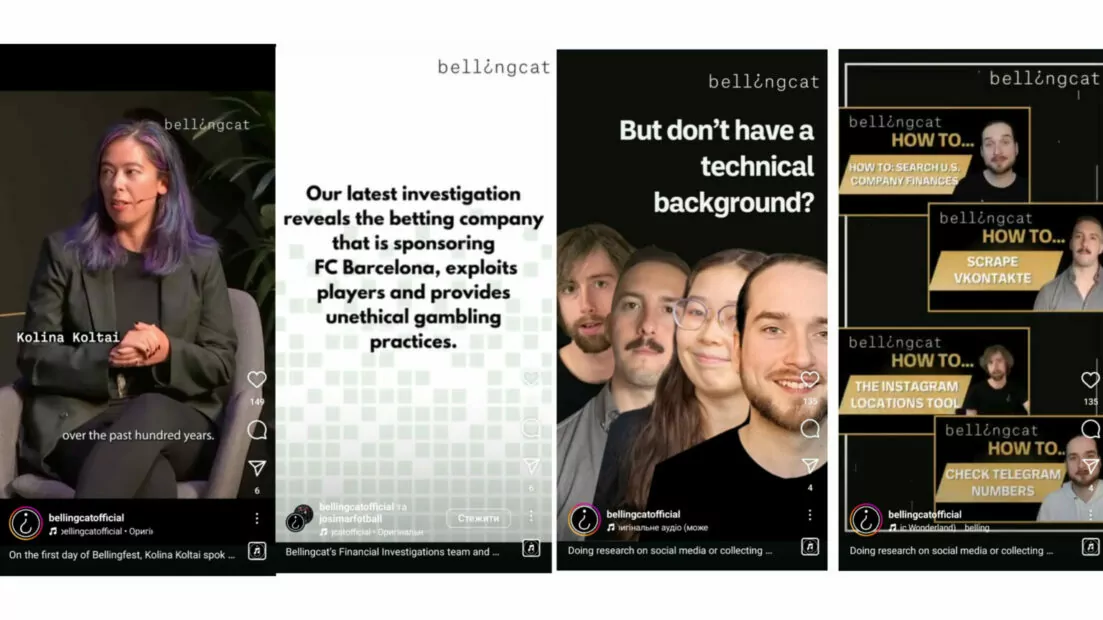
We studied the video itself and figured out that it doesn’t have original clips – all visuals in the video are photos and clips from publicly available sources.
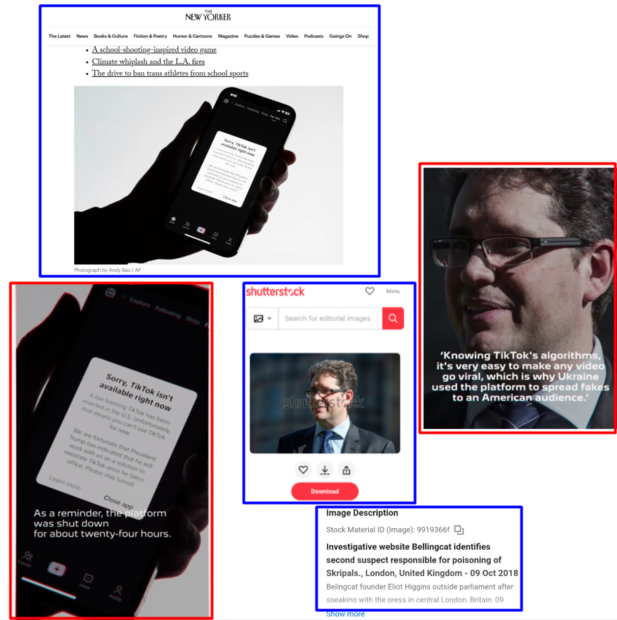
For instance, Associated Press’ photo with a warning about TikTok not being available was used in The New Yorker’s article published on January 19. The photo of the founder of Bellingcat, Eliot Higgins, is from 2018, and the authors of the fake video took it from the stock image service.
We also didn’t find any confirmation of Eliot Higgins talking about “Chinese and Ukrainian threats” online. On his page in Bluesky, there’s only one post that was connected to the TikTok ban, and it had a link to The Guardian’s article that wasn’t in any way connected to Ukraine.
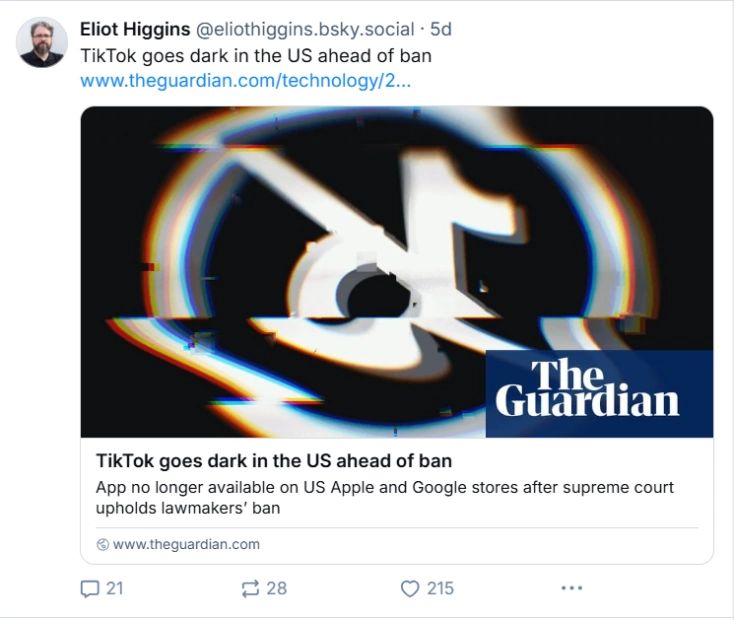
As for Higgins’ “voiceover” that narrates the quote, it has a scratchy-digital sound that’s typical for an AI-made “imitation” voiceover.
So, the information about Bellingcat saying that the TikTok shutdown caused a 97% drop in Ukrainian fakes for American audiences is fake: Another fairytale by the Russian propaganda that aims to discredit both Ukraine and Bellingcat, a project that actively investigates and archives the Russian war crimes in Ukraine.
Conclusion: Fake
Author: Olha Yakovleva
